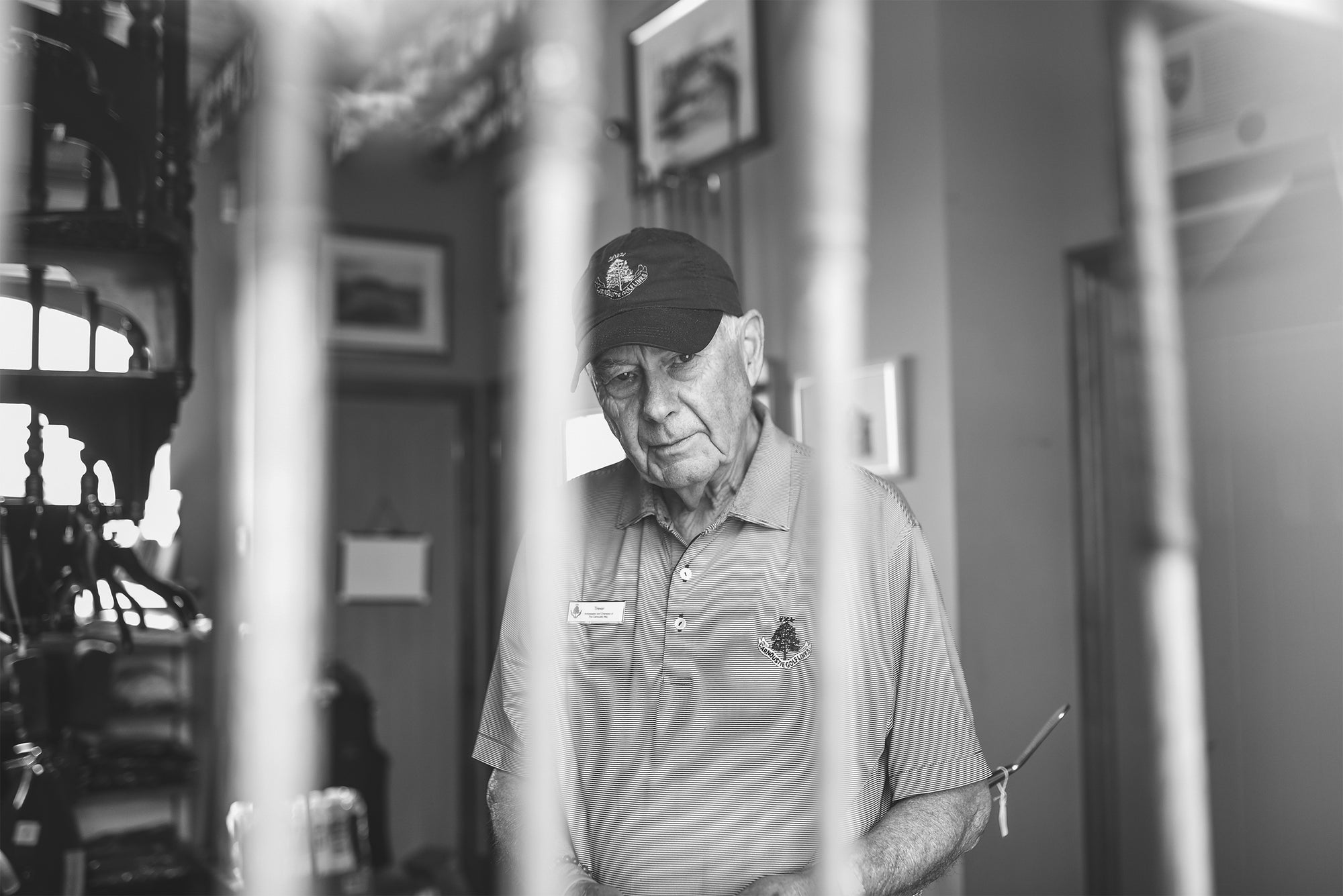woven to the game
Royal Portush
Dunes, silence, and something deeper.
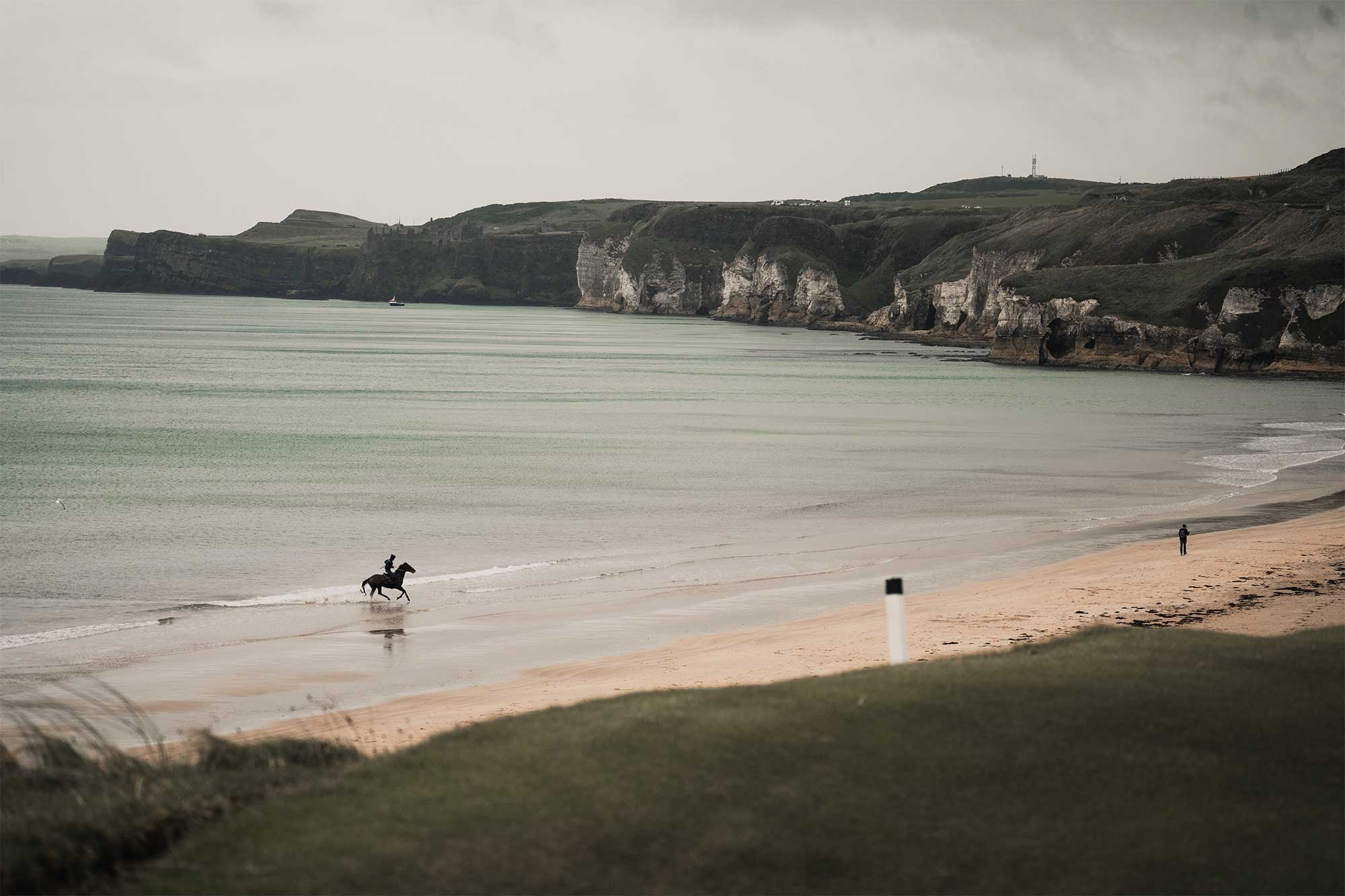
There are few places in the game where the land speaks so clearly.
Royal Portrush, that wild corner of North Antrim, is not simply a golf course. It is an inheritance — shaped by sea wind, laced with heather and dune, and tuned to the quiet stubbornness of those who’ve played it for generations.
This week, as The Open returns, Portrush takes its place once again in the game’s living story. It does so without ceremony. It doesn’t need it. The land does the talking.
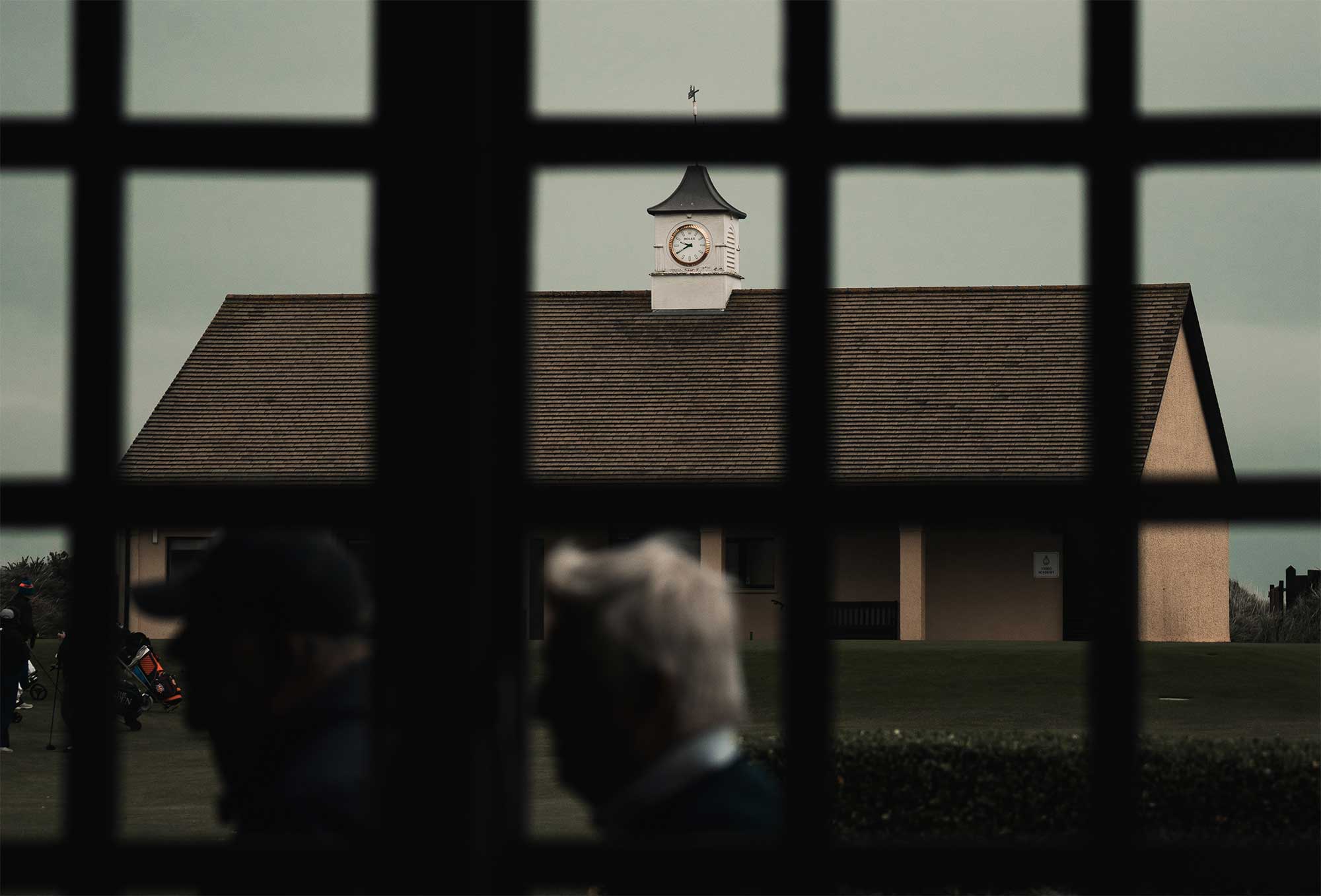
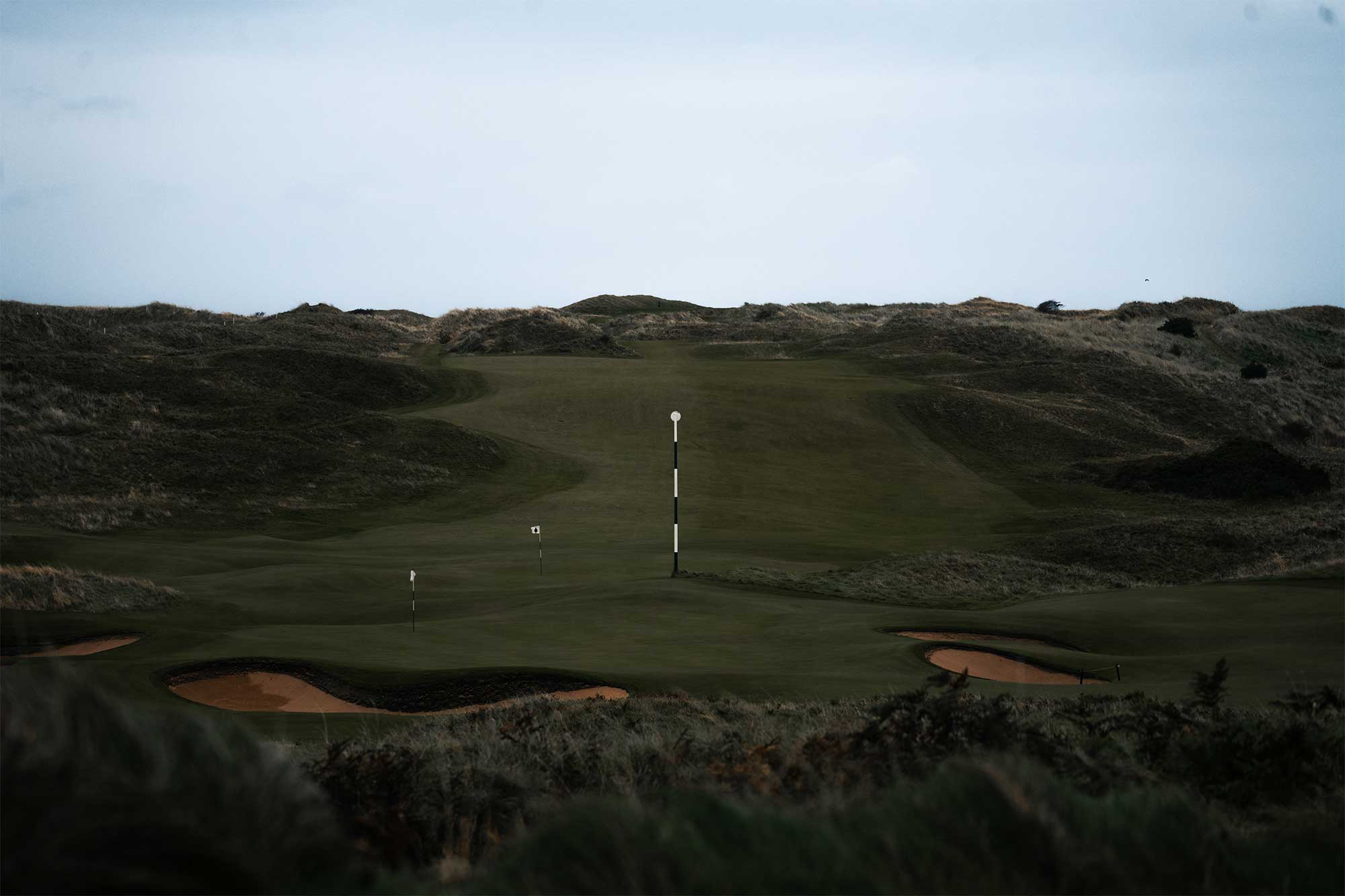
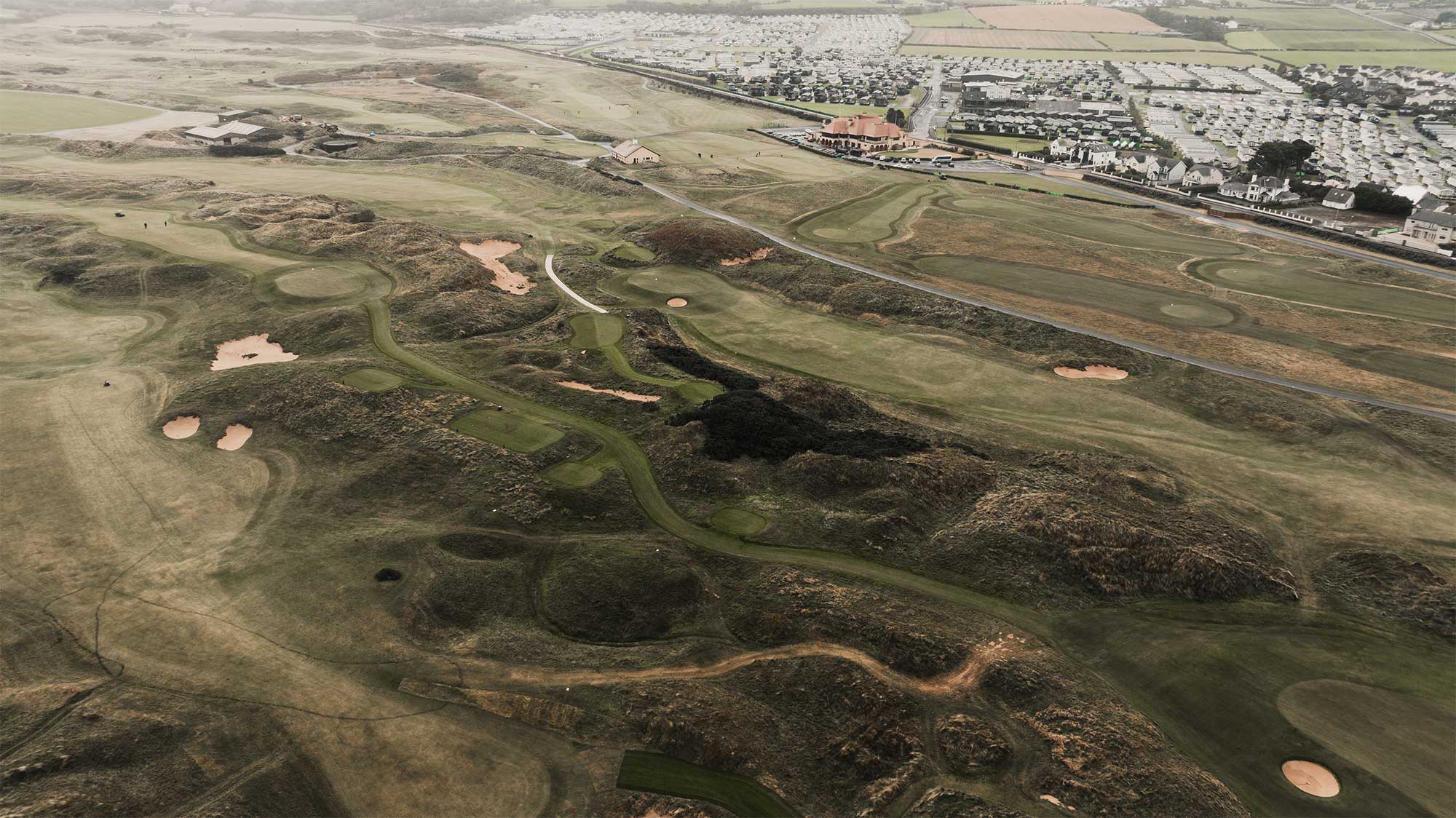
The Bones of the Place
Founded in 1888, Royal Portrush holds its history lightly. It has changed names, changed hands, and — most notably — changed shape, when Harry Colt laid out the now-iconic Dunluce Links in 1932. It was a redesign that elevated Portrush from rugged to revered. Colt, always a romantic with restraint, made architecture that let the ground speak. And here, the ground has a lot to say.
It is not a tidy course. Nor is it meant to be. It yawns and heaves and dives through the dunes with the sort of movement that modern courses try to fake — but never quite match. You don’t walk Royal Portrush; you traverse it.
And while many links courses feel remote, Portrush feels elemental. The weather turns with no warning. The air smells of salt and turf. And just when you think the wind has found its rhythm, it shifts — as if to remind you who’s really in charge.
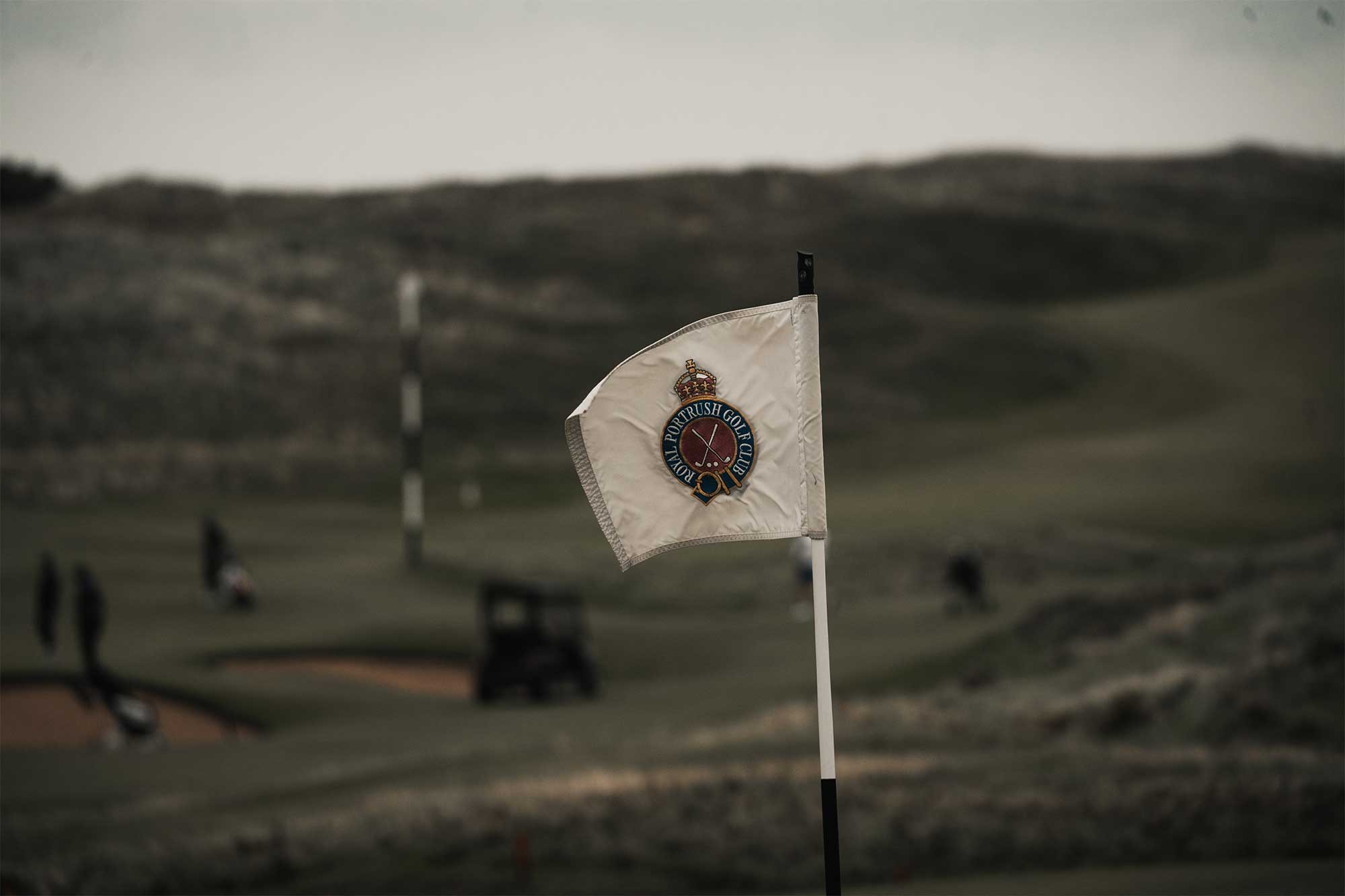
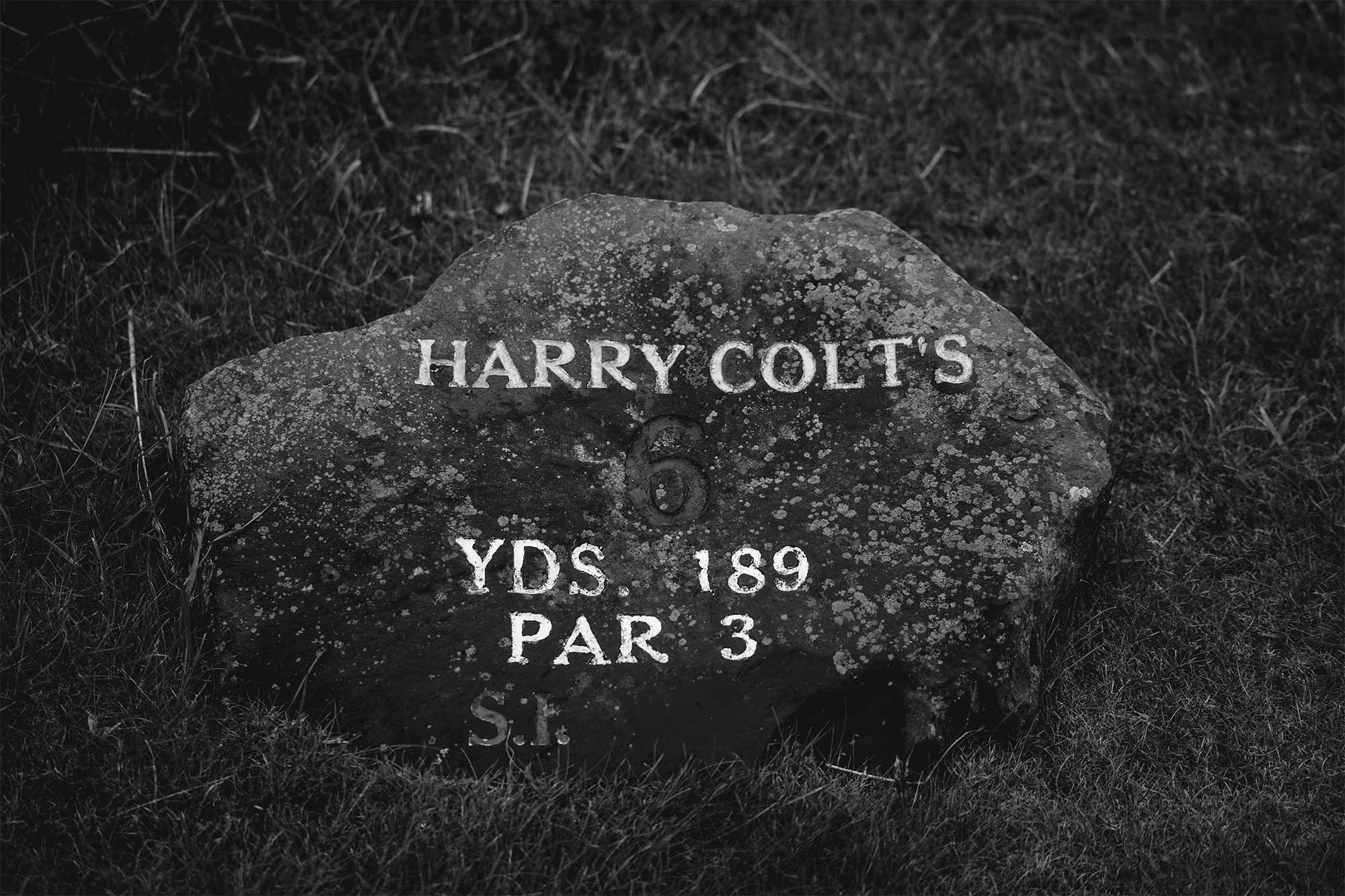
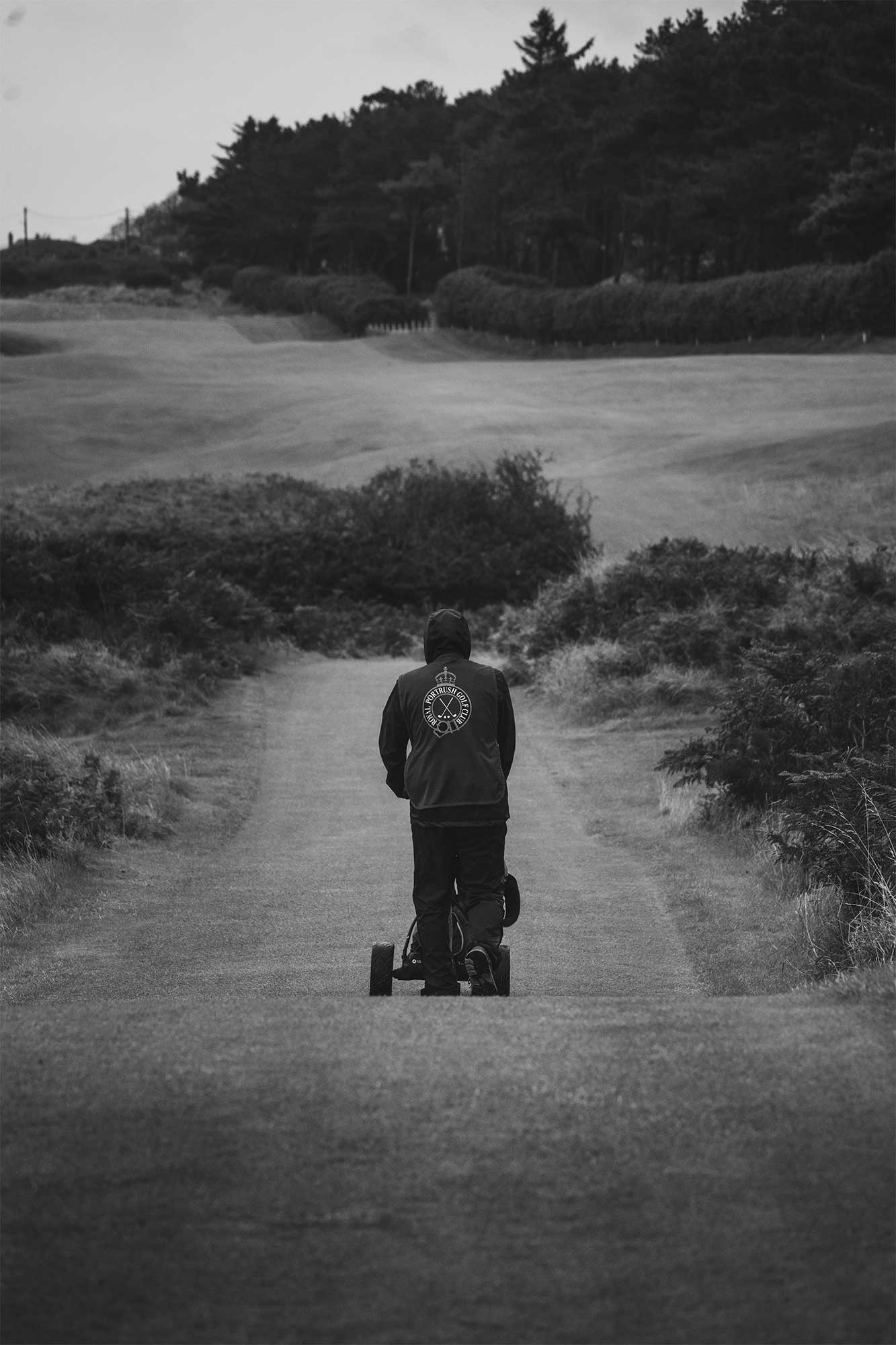

2019: The Return
It had been 68 years since The Open last touched Irish soil when the R&A brought the championship back to Portrush in 2019. For locals, it wasn’t just a tournament — it was a homecoming.
McIlroy’s early stumble. Lowry’s steady hands. The crowd that refused to leave until the last champagne cork popped.
The world saw a modern Open, but it played like something older — a championship shaped by weather, pressure, and geography. The kind that asks questions with no easy answers.
To host again, Portrush made changes. Holes 17 and 18 of the old layout were retired to make way for a pair of new arrivals — now holes 7 and 8 — sculpted with Colt’s spirit and the game’s future in mind. The updates were seamless. Even the wind seemed to approve.


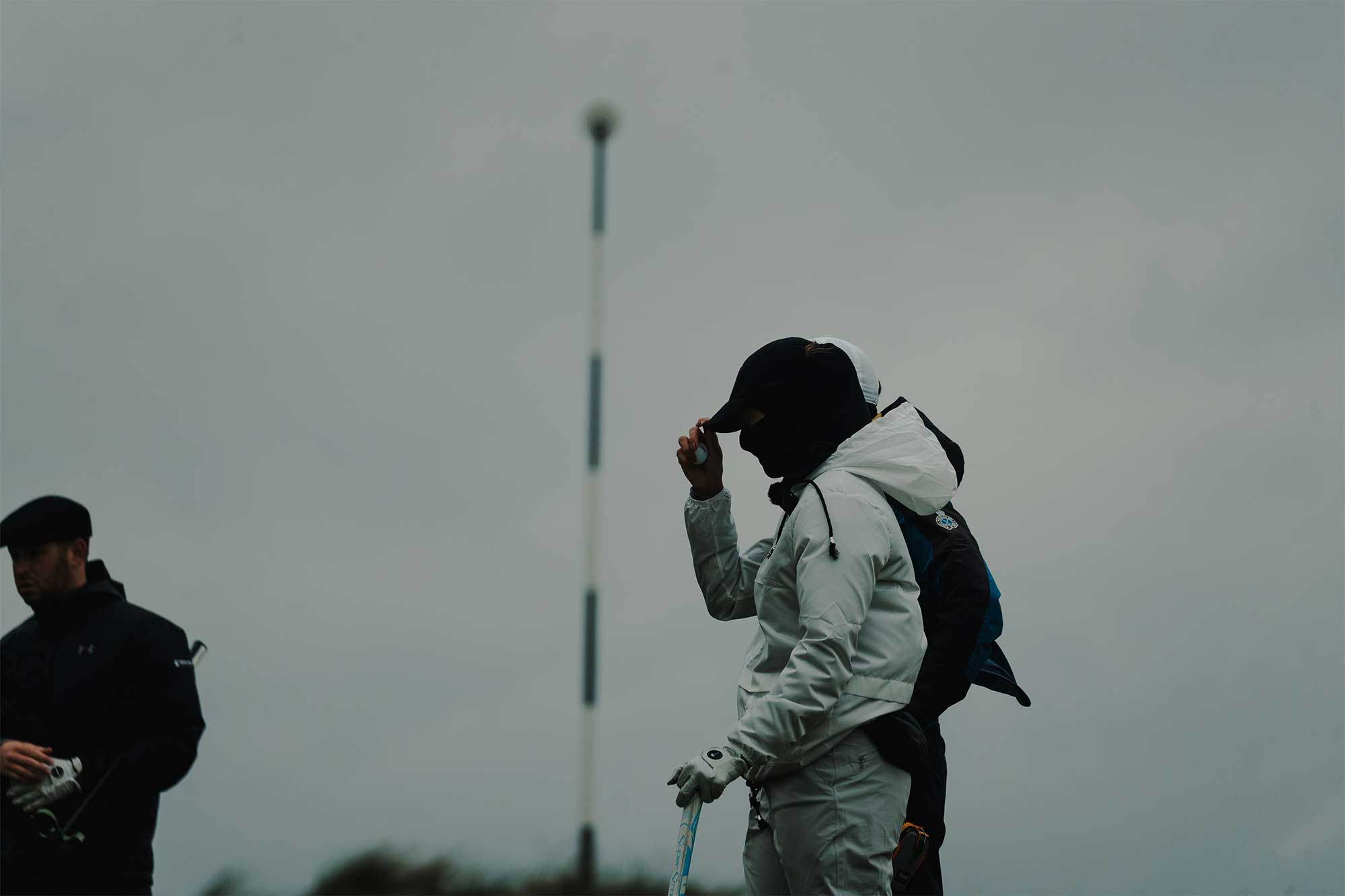
A Run of Holes That Tighten Like a Noose
If the opening five ease you in with admiration, the middle tests your shot-making, and the finish takes your nerve.
The 5th, playing along the edge of White Rocks beach, is one of the finest par 4s in Britain. Everything asks for shape: the wind, the dogleg, the canted green. The views distract. The bunkers don’t.
Then there’s Calamity. The 16th. 236 yards from the tips, all carry, and no reprieve. Miss right and you’re in a chasm of grass and regret. Miss left and the up-and-down is surgical. It’s a hole that doesn’t need water or trees — just gravity and fear.
By the time you reach the 18th, your scorecard may no longer matter. But you’ll still want the par. The fairway narrows, the crowd leans in, and for a brief moment, the ghosts of past Opens walk beside you.

The Town that Breathes Golf
Portrush isn’t a resort. It’s a town. And it loves golf not as spectacle, but as habit. The people here don’t shout about the game. They just play it — in the wind, in the rain, after work, before breakfast.
They understand what it means to scrape a bogey in a gale. Or to flush a 5-iron when your fingers are cold. They know what it is to lose a ball and still walk the next fairway with a grin.
This is not a place built to impress. It’s a place that stays with you.
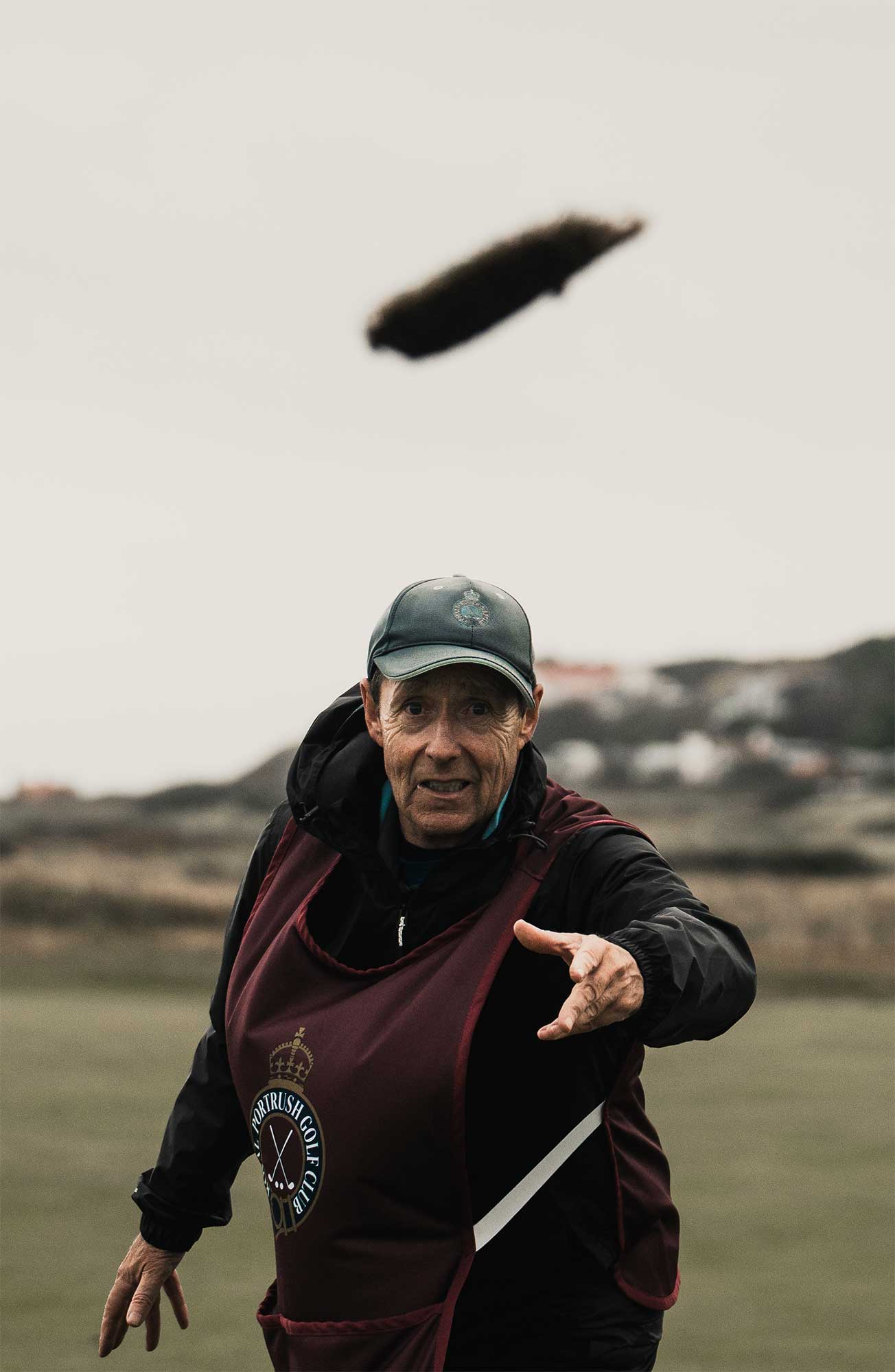
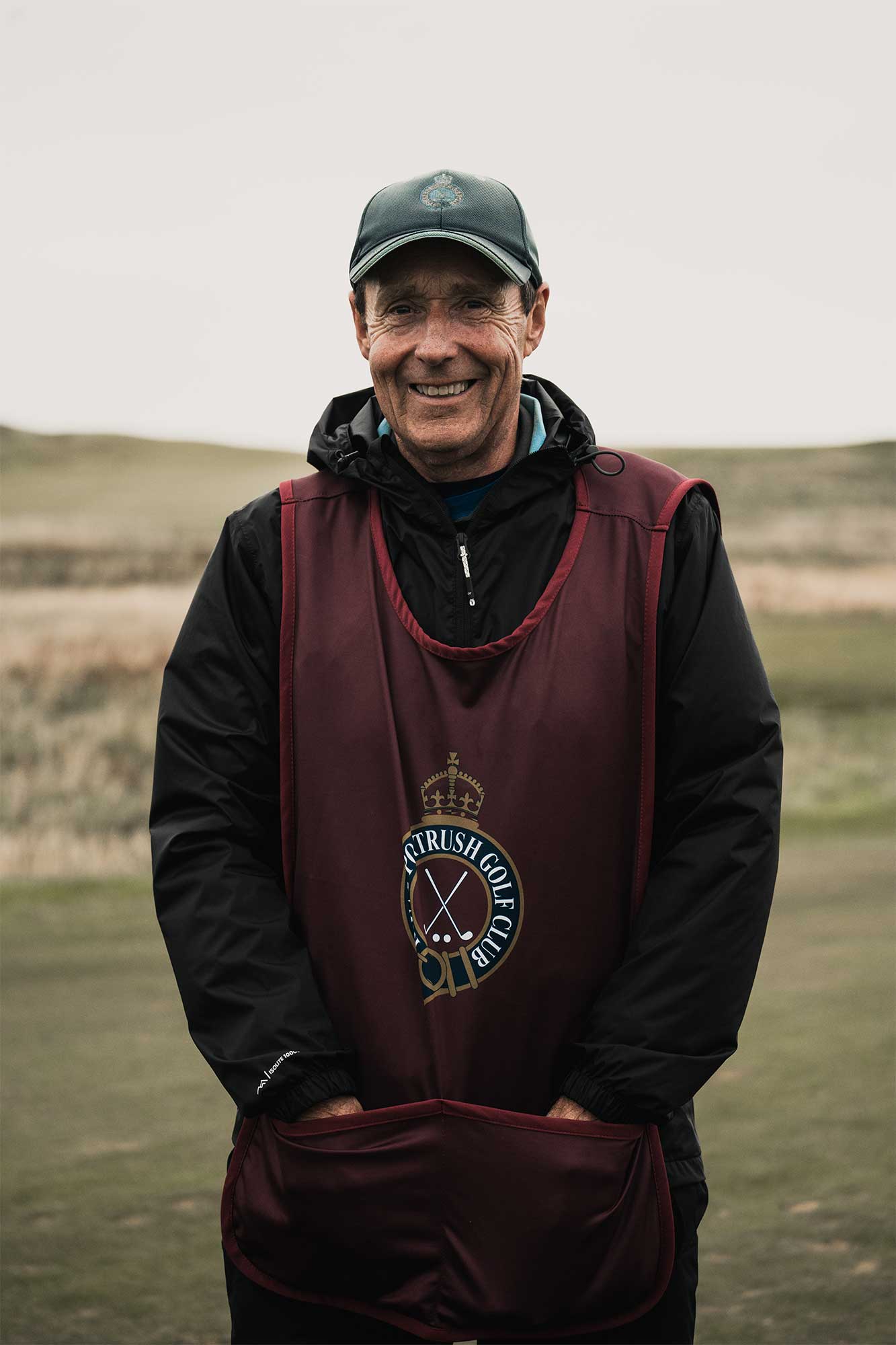
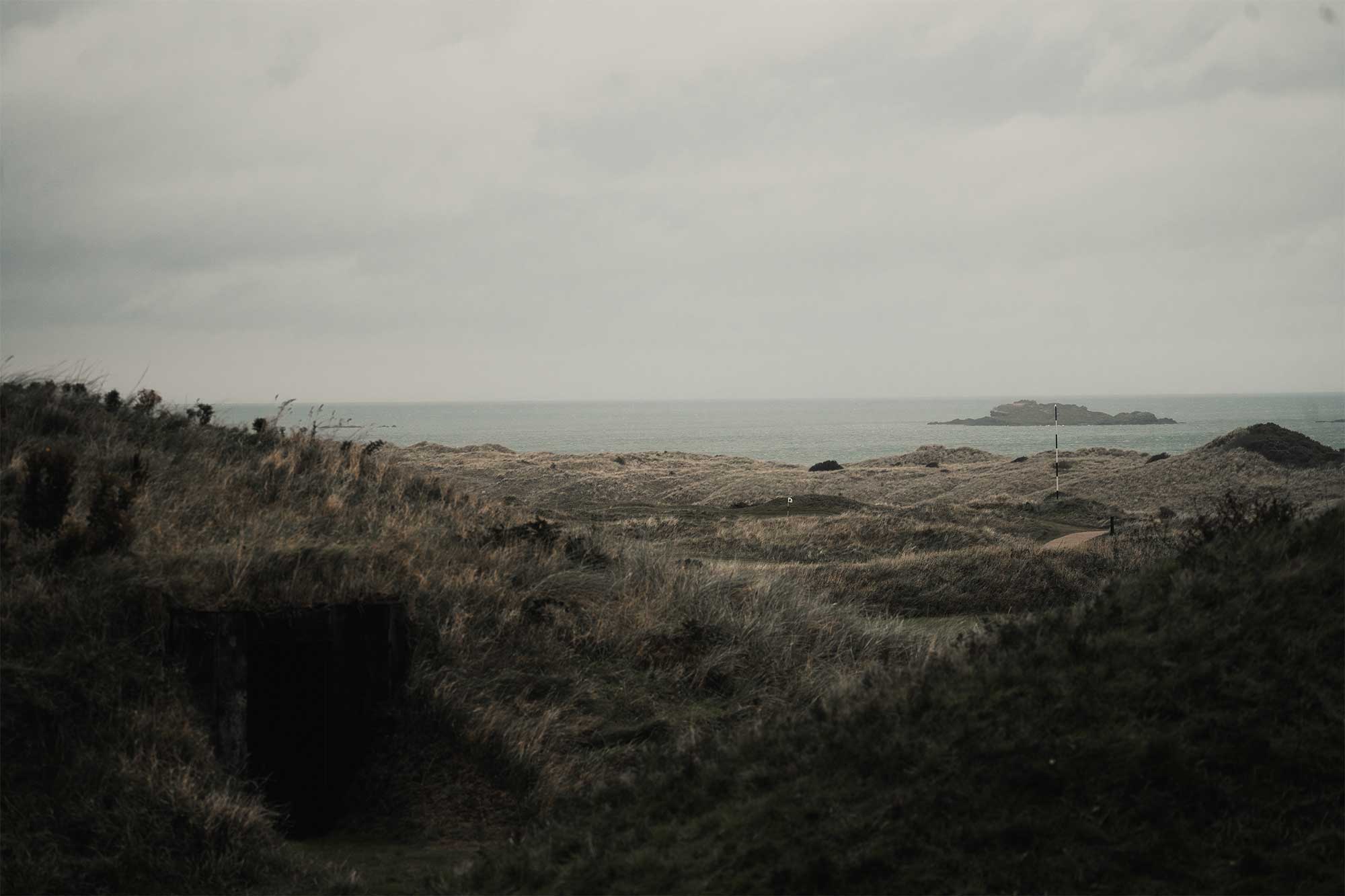
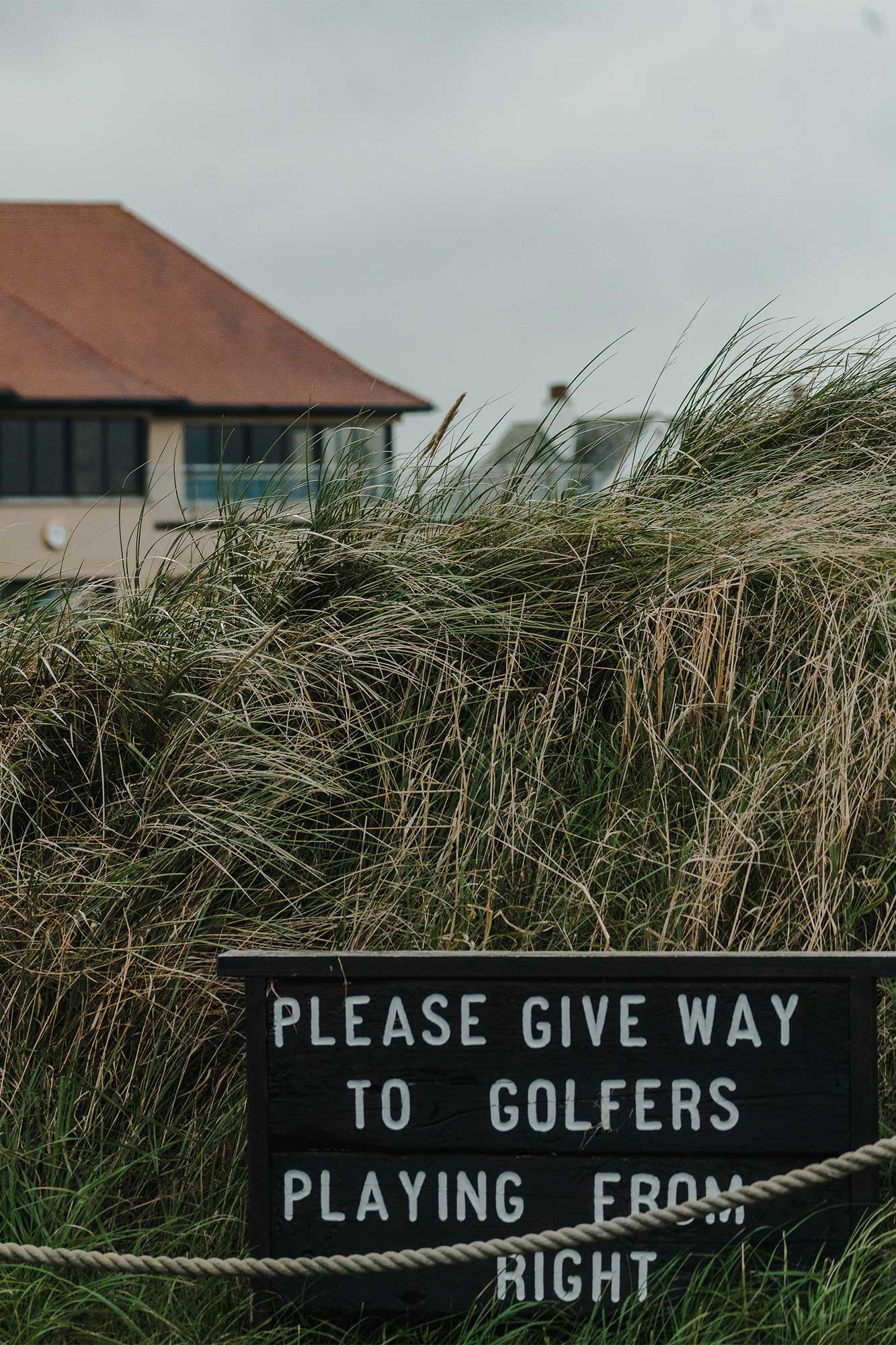
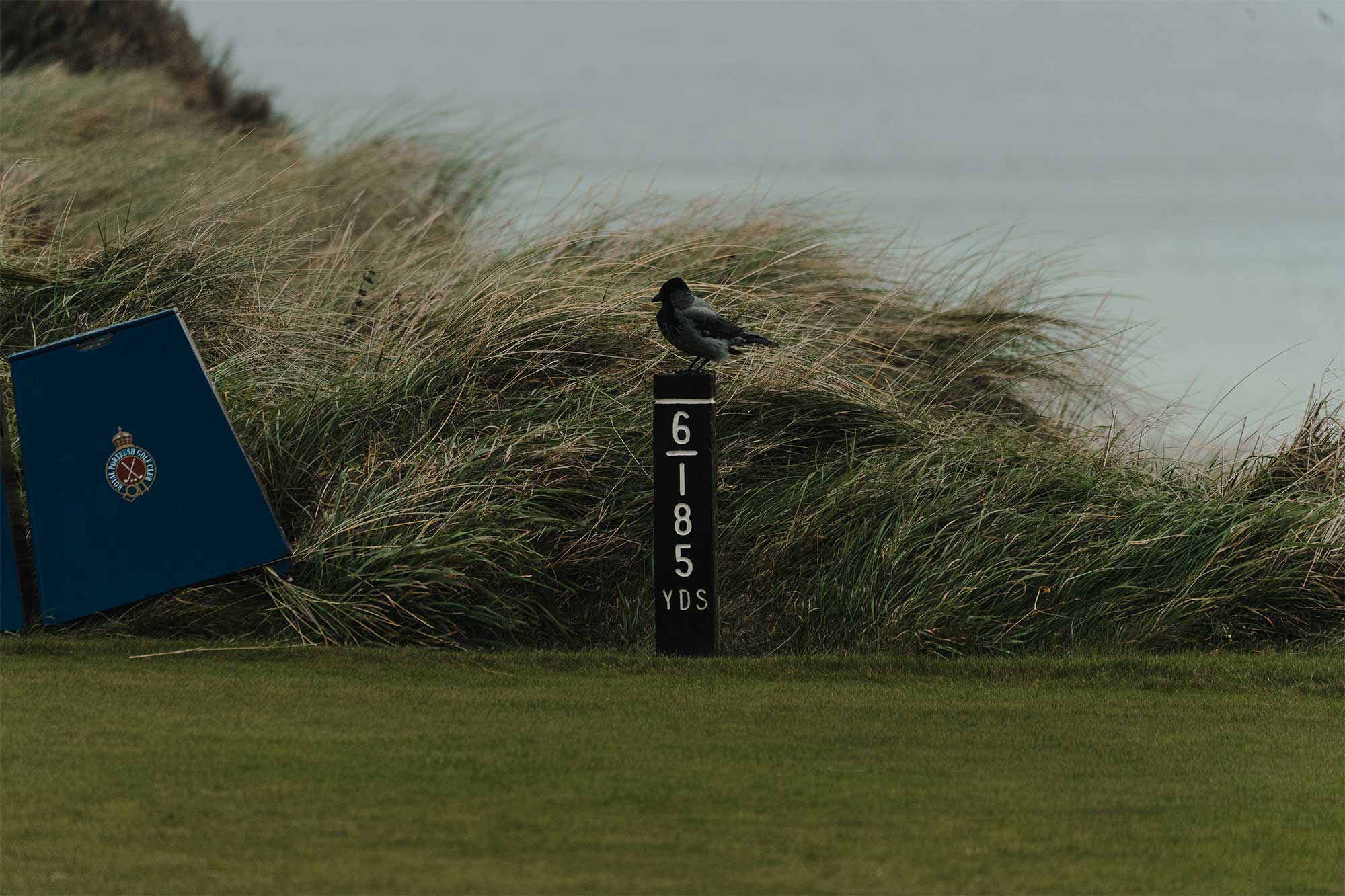
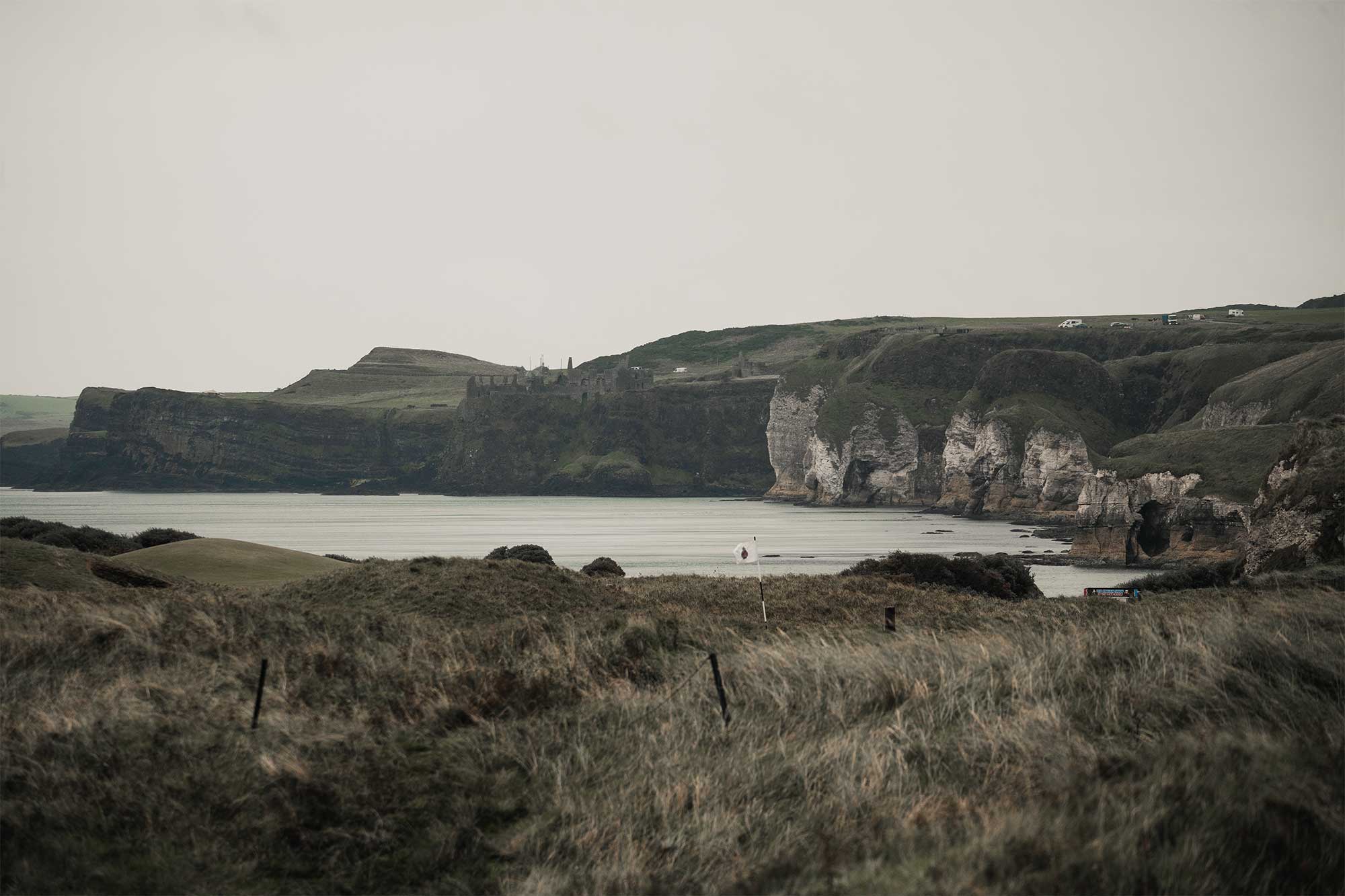
A Living Links
What makes Royal Portrush special is not just its championship pedigree, nor its windswept aesthetic. It’s the way the course resists you — and yet calls you back.
Every shot here has consequence. Every bounce, a story. And even when the stands are gone and the circus has moved on, the course remains — unpolished, unapologetic, and entirely itself.
It does not pander. It does not perform.
It waits.
Words by Neil Rennie
Photography by Jody Crosbie



